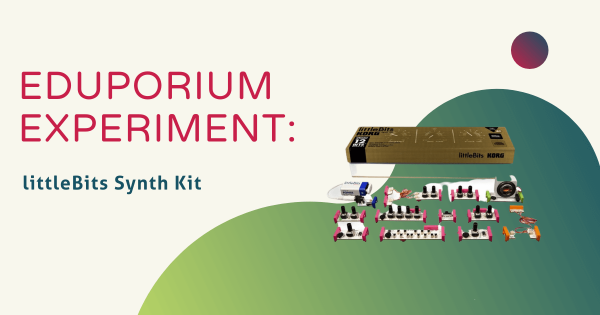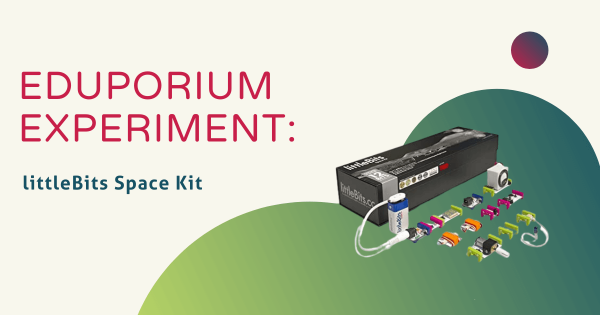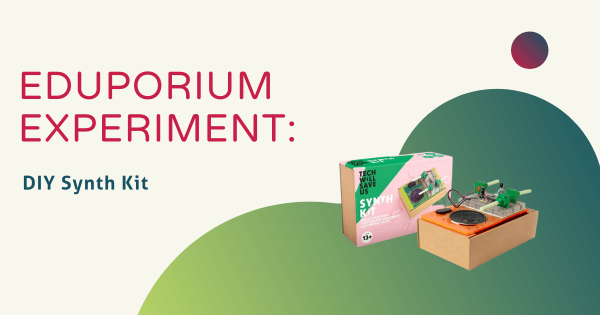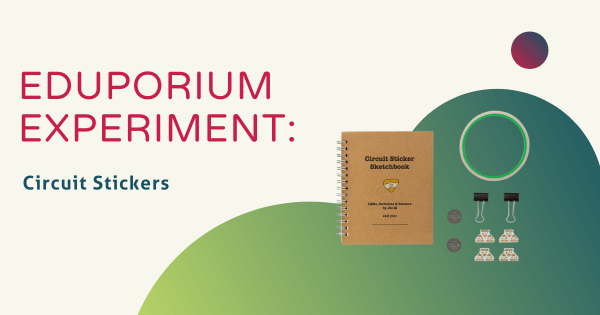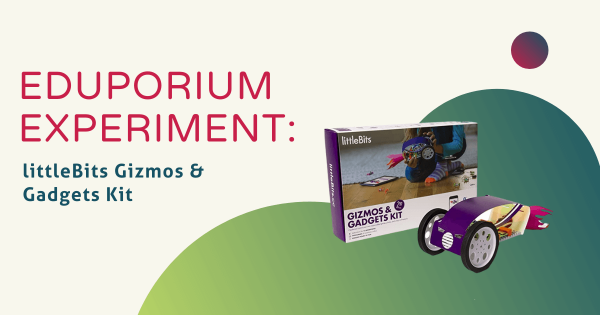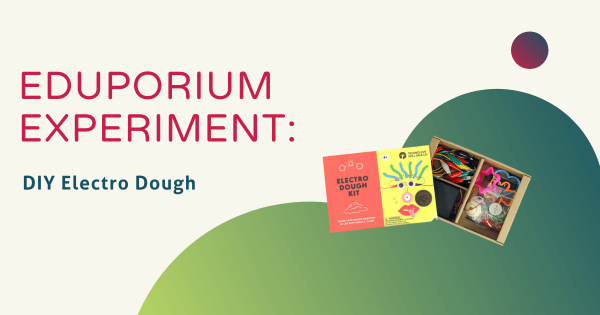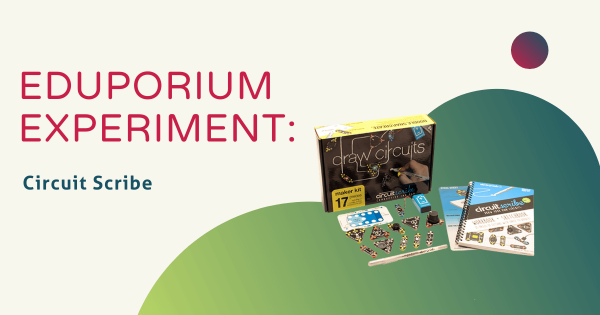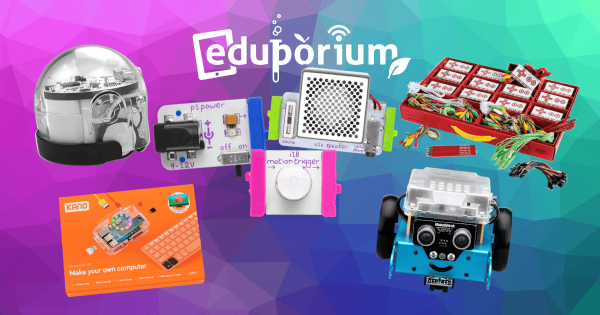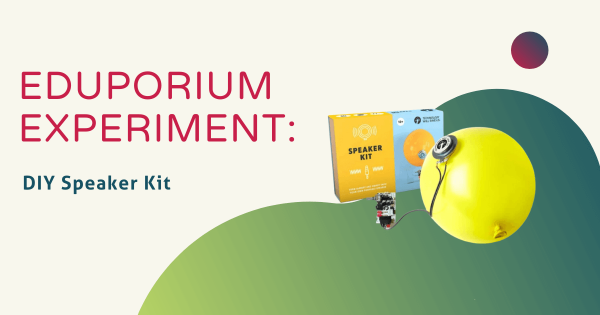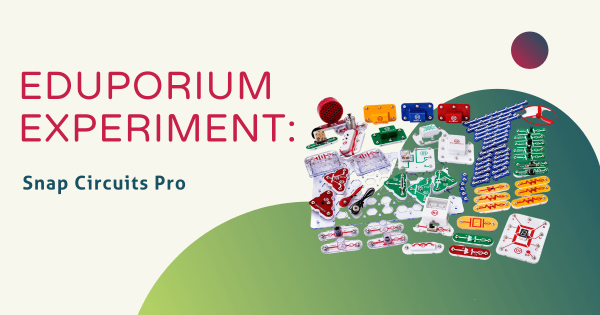The littleBits Synth Kit offers students and teachers a unique way to combine play and learning in the intermediate years of education. For students in Grades 3-6, the Synth Kit helps them exhibit extra easy music creation while they simultaneously learn the ins and outs of circuitry through project-based play.
Circuitry
When it comes to incorporating circuitry basics in STEM education, there are surprisingly a lot of options. Regardless of the grade levels you teach, there are plenty of opportunities for kids to explore electronics. Not only that, but it's super easy to incorporate circuitry concepts in creative ways throughout the curriculum. Whether in your general classroom, STEAM-focused lesson plans, or afterschool makerspace environment, circuitry kits for students help educators illustrate the most important concepts in a hands-on way. Starting in early education, the Squishy Circuits kits help teachers create awesome introductory lessons. Using conductive dough with safe and simple electronics components, kids could build circuits and add them to art projects. Then, they can incorporate more complex hardware as they get older. And, once ready, they can even build programmable circuits and incorporate coding!
A sometimes overlooked area of STEM and maker education, building circuits helps students develop lots of relevant skills. Starting with engineering, the design process is very important in these projects. Students can gain valuable experience in planning a design, implementing the construction plan, and potentially re-evaluating any flaws in that process. From there, they can explore how exactly circuits work as well as their role in powering many common devices. And, when it comes to the various circuitry kits in education, some others besides the Squishy Circuits solutions include the SAM Labs kits, the Bare Conductive kits, E-Blox kits, Snap Circuits kits, and the Makey Makey. Providing benefits for students in every grade, these increasingly involved opportunities help them start to think like scientists.
-
Eduporium Experiment | littleBits Space Kit
The littleBits Space Kit, developed in collaboration with NASA, brings an aspect of interactive exploration to problem-based learning. Designed for use in junior high and high school, the Space Kit is one of the more advanced kits in the littleBits progression, but definitely one of the most exciting to use!
-
Eduporium Experiment | DIY Synth Kit
Want to make the next big hit? Kits can do that with ease using the DIY Synth Kit from Technology Will Save Us! With the Synth Kit, students 12 and up can design and build a real musical instrument and tinker to create awesome electronic sounds. The kit lets them plug various components into the breadboard and experiment with creating sound.
-
Eduporium Experiment | Circuit Stickers
Let’s blend art and light technology with Circuit Stickers! Circuit stickers are LED circuits in the form of peel-and-stick stickers. They enable students to build real circuits without soldering, plugging wires, or clips. Instead, students use the stickers and conductive tapes to draw their circuits on paper, adding an intriguing element to their crafts.
-
Eduporium Experiment | littleBits Gizmos & Gadgets Kit
Want to build your own Top Secret Spy Box? Bubble-blowing bot? If you answered yes, then you need to get your hands on the littleBits Gizmos and Gadgets Kit! Designed for kids 8 and up and filled to the brim with LEGO-like, electronic building blocks, this kit will spark your child’s imagination and guarantee endless opportunities for inventing.
-
Eduporium Experiment | The DIY Electro Dough Kit
With the DIY Electro Dough Kit from Technology Will Save Us, children can build craft projects, and add electric elements. Picture being able to shape and create whatever your imagination desires and then really bring it to life by incorporating simplistic, interactive circuits. The Electro Dough Kit helps kids will learn how to place LEDs and buzzers in the path of currents!
-
Eduporium Experiment | Circuit Scribe
Kids can draw circuits instantly and learn the basics of electronic principles with this no-mess conductive ink pen. I experimented with the Circuit Scribe Lite Kit, which comes with one conductive ink pen, two coin cell batteries and one Bi-LED module. The kit includes components like, motors, buzzers, resistors, and more.
-
5 STEM Tools That 21st Century Educators Need
Hands-on learning is taking our entire education world by storm. In almost every town and in almost every grade, instructors are ditching the lectures, ditching the desks and embarking on brand new kinds of more meaningful educational experience. And, do you know why? Because it really tends to work! Keep on reading and explore some of the best EdTech tools for this.
-
Eduporium Experiment | DIY Speaker Kit
It can be a little daunting when first opening this kit from Tech Will Save Us—at least, I know I felt that way, but it’s actually a lot simpler than it looks. Following the instructions in the box, I was able to learn how to solder and combine the materials to make a real working speaker. I have no real expertise when it comes to crafting, but still got it built.
-
Eduporium Experiment | Snap Circuits Pro
I love Snap Circuits and felt like it was such a cool way to learn circuits. It’s extremely simple to get started and the opportunities for crative design and application are everywhere. Its super easy to build all types of devices from lamps to alarms and the best thing is that there are literally hundreds more waiting in the three included guide books.




